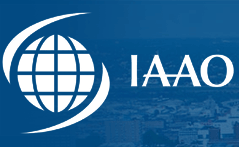Journal of Property Tax Assessment & Administration
Abstract
Through its standards, the International Association of Assessing Officers (IAAO) has established criteria and methodology for a fair, equitable, and uniform system of property taxation. When the standards are compared with the system of laws, regulations, and practices in Pennsylvania, that system fails to meet the criteria. In this case study, the comparison is drawn between property taxation in Pennsylvania and the recent Standard on Property Tax Policy (IAAO, 2020a) and Standard on Oversight Agency Responsibilities (IAAO, 2020b), as well as with others, including the Standard on Mass Appraisal of Real Property (IAAO, July 2017). Many states have methods of valuating property, primarily residential, that do not agree with IAAO’s stress on the use of current market values as the basis for assessment (IAAO, 2020a, p. 12). These include freezes, exemptions, assessment differentials, area valuation, base year valuations, and acquisition values (IAAO, 2020a, pp. 12-13). Considering rapidly changing markets and uneven changes in property values within different strata of properties inside jurisdictions, some states are seeking to expand the use of existing methods, and other states to adopt new limitations on market value assessments. Some proposals call for abolishing property taxes on residences entirely or for not using them to finance public education. These approaches create systems that are not uniform, fair, or equitable. What follows is a case study for Pennsylvania.
Keywords
Schools - finance - Pennsylvania; Assessment performance measures
Recommended Citation
Kent, C. A.
(2021).
Property taxation and school finance in Pennsylvania.
Journal of Property Tax Assessment & Administration,
18(2).
DOI: https://doi.org/10.63642/1357-1419.1240


